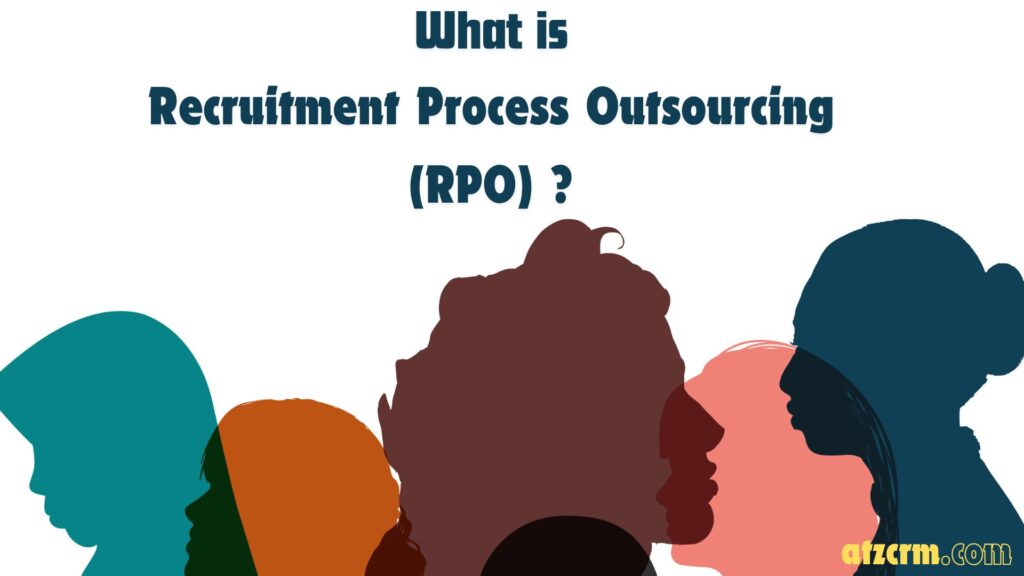Understanding the Importance of Streamlined Hiring
A well-established hiring procedure is important for several reasons:
- Reduced Time-to-Hire: A streamlined hiring process allows companies to fill positions faster, minimizing disruptions in workflow and productivity.
- Enhanced Candidate Experience: Candidates appreciate a smooth and transparent hiring process. A positive participation involvement can lead to higher acceptance rates and referrals.
- Cost Savings: An efficient hiring process reduces costs associated with prolonged vacancies, advertising, and recruitment efforts.
- Improved Quality of Hire: Streamlining allows teams to focus on assessing candidate qualifications rather than getting bogged down by administrative tasks.
Key Strategies for Streamlining the Hiring Process
1. Define Clear Job Descriptions
The foundation of an effective hiring process lies in well-defined job descriptions. A clear job description outlines the responsibilities, qualifications, and expectations for the role, helping attract suitable candidates and reducing unqualified applications.
Action Item: Collaborate with current employees to ensure that job descriptions accurately reflect the requirements of the position. This collaborative effort can lead to more precise criteria, making it easier to identify ideal candidates.
2. Leverage Technology
Indulging technology into the hiring procedure can enhance efficiency. Applicant Tracking Systems (ATS) automate various stages of recruitment, such as posting job openings, screening resumes, and managing candidate communications.
Benefits of Using ATS:
- Automated Screening: Quickly filter out unqualified candidates based on predefined criteria.
- Centralized Communication: Keep all candidate interactions organized in one platform.
- Data Analytics: Track key metrics such as time-to-fill and source of hire to refine your strategy continuously.
3. Implement a Structured Interview Process
A well thought and organized interview process leads to consistency and fairness in testing candidates. By using standardized questions and evaluation criteria, organizations can minimize biases and make informed decisions.
Steps to Create a Structured Interview:
- Develop a set of core questions relevant to the position.
- Train interviewers on how to assess responses objectively.
- Utilize scoring rubrics to evaluate candidates systematically, allowing for easier comparisons between applicants.
4. Involve Team Members Early
Involving team members early in the hiring process fosters better alignment and a more comprehensive evaluation of candidates. Collaboration among team members ensures that new hires are not only qualified but also fit well within the company culture.
How to Involve Team Members:
- Conduct collaborative interviews where team members participate in assessing candidates.
- Gather input on job requirements from those who will work closely with the new hire, promoting a sense of ownership in the hiring process.
5. Streamline Communication
Good communication skills is very important for a smooth hiring process. Keeping candidates informed about their status and next steps can enhance their experience and reduce anxiety.
Best Practices for Communication:
- Send automated emails acknowledging applications and providing updates on their status.
- Set clear timelines for each stage of the hiring process to manage expectations.
- Offer constructive feedback to candidates after interviews, regardless of the outcome, which demonstrates respect for their time and effort.
6. Use Pre-Employment Assessments
Pre-employment assessments can help gauge candidates’ skills and cultural fit before an interview. These assessments can range from technical tests to personality questionnaires, providing valuable insights into a candidate’s suitability for the role.
Benefits of Assessments:
- Identify top candidates early in the process, reducing time spent on unqualified applicants.
- Minimize hiring mistakes by objectively assessing skills relevant to the job.
7. Optimize Job Posting Strategies
To attract the right candidates, organizations must optimize their job postings. Using relevant keywords and phrases that resonate with the target audience can significantly improve visibility.
Tips for Effective Job Postings:
- Post on multiple platforms (job boards, social media, company website) to reach a broader audience.
- Use engaging language that reflects your company culture and values.
- Highlight unique benefits or perks that set your organization apart from competitors.
8. Foster a Positive Employer Brand
A strong employer brand can attract high-quality candidates and streamline the hiring process by creating a pool of interested applicants. Candidates are more likely to apply if they perceive your organization as a desirable place to work.
Ways to Enhance Employer Branding:
- Showcase employee testimonials and success stories on your website and social media platforms.
- Engage with potential candidates through networking events or career fairs.
- Maintain a positive online presence by responding to reviews and feedback promptly.
9. Continuously Evaluate Your Hiring Process
To ensure ongoing effectiveness, it’s essential to continuously evaluate and refine your hiring process. Collect feedback from candidates and team members involved in recruitment to identify areas for improvement.
Metrics to Track:
- Time-to-hire
- Candidate satisfaction scores
- Quality of hire (performance of new hires)
The above mentioned matrices helps in evaluating the overall work done and the results gained.
Conclusion
Streamlining the hiring process is not merely about filling positions quickly; it’s about finding the right talent that aligns with your organization’s goals and values. By implementing these strategies, organizations can create a more efficient, effective, and candidate-friendly hiring process. Each organization is unique, so it’s important to tailor these strategies to fit specific needs. As you refine your approach, you’ll not only enhance hiring outcomes but also contribute positively to your company’s overall success.
Begin today—your future hires will undoubtedly appreciate your efforts!
Transform your hiring process with ATZ CRM’s powerful resume parsing tool! Your next great hire is just a click away—explore today!


